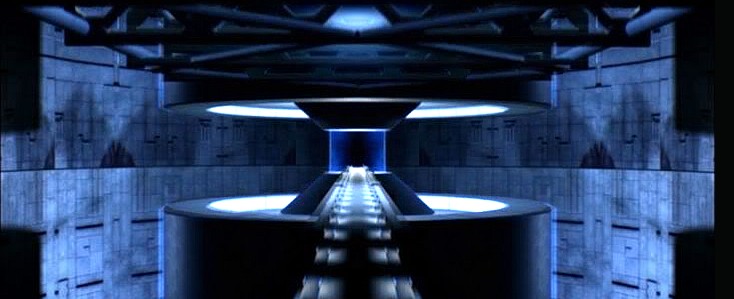Displacement Explained Clearly

Displacement, a fundamental concept in physics and engineering, is the measure of how far an object has moved from its initial position to its final position. It’s a crucial idea that underlies our understanding of motion, forces, and energy. In this article, we’ll delve into the world of displacement, exploring its definition, types, and applications, as well as its relationship to other physical quantities like velocity and acceleration.
Understanding Displacement
To grasp displacement, let’s start with a simple example. Imagine you’re standing in a room, and you walk from one corner to the opposite corner. The distance you’ve traveled is a measure of how far you’ve moved, but it’s not the same as your displacement. Displacement is a vector quantity, which means it has both magnitude (amount of movement) and direction. In this case, your displacement would be the shortest distance between your initial and final positions, which is a straight line across the room.
Displacement is often denoted by the symbol Δs (delta s) and is measured in units of length, such as meters or feet. It’s calculated as the difference between the final position (x_f) and the initial position (x_i) of an object: Δs = x_f - x_i.
Types of Displacement
There are two main types of displacement: linear and angular. Linear displacement occurs when an object moves in a straight line, while angular displacement occurs when an object rotates around a fixed point.
- Linear Displacement: This type of displacement is the most common and is used to describe the motion of objects moving in a straight line. Examples include a car driving down a road, a ball rolling on the ground, or a person walking.
- Angular Displacement: This type of displacement occurs when an object rotates around a fixed point, such as a door opening or a wheel turning. Angular displacement is measured in units of radians or degrees.
Relationship to Velocity and Acceleration
Displacement is closely related to velocity and acceleration, which are also fundamental concepts in physics. Velocity is the rate of change of displacement with respect to time, while acceleration is the rate of change of velocity.
- Velocity: Velocity is a vector quantity that describes the rate at which an object moves. It’s calculated as the derivative of displacement with respect to time: v = Δs / Δt.
- Acceleration: Acceleration is the rate of change of velocity and is calculated as the derivative of velocity with respect to time: a = Δv / Δt.
Applications of Displacement
Displacement has numerous applications in various fields, including physics, engineering, biology, and more. Here are a few examples:
- Physics and Engineering: Displacement is used to calculate the work done by a force, the energy transferred to an object, and the efficiency of machines.
- Biology: Displacement is used to study the movement of living organisms, such as the migration patterns of animals or the growth of plants.
- Geology: Displacement is used to study the movement of tectonic plates, earthquakes, and volcanic eruptions.
Example Calculations
To illustrate the concept of displacement, let’s consider a few examples:
- Linear Displacement: A car travels from point A to point B, covering a distance of 250 meters. If the car starts at x_i = 0 meters and ends at x_f = 250 meters, its displacement is Δs = x_f - x_i = 250 - 0 = 250 meters.
- Angular Displacement: A wheel rotates 3 radians around its center. If the initial angle is θ_i = 0 radians and the final angle is θ_f = 3 radians, the angular displacement is Δθ = θ_f - θ_i = 3 - 0 = 3 radians.
What is the difference between distance and displacement?
+Distance is a scalar quantity that measures the total length of an object's path, while displacement is a vector quantity that measures the shortest distance between an object's initial and final positions.
How is displacement related to velocity and acceleration?
+Displacement is closely related to velocity and acceleration, which are calculated as the rate of change of displacement with respect to time. Velocity is the derivative of displacement, while acceleration is the derivative of velocity.
What are some real-world applications of displacement?
+Displacement has numerous applications in physics, engineering, biology, geology, and more. It's used to calculate work, energy, efficiency, and to study movement patterns, growth, and geological events.
In conclusion, displacement is a fundamental concept that underlies our understanding of motion, forces, and energy. Its relationship to velocity and acceleration makes it a crucial idea in physics and engineering, with numerous applications in various fields. By grasping the concept of displacement, we can better understand the world around us and make more informed decisions in our personal and professional lives.



